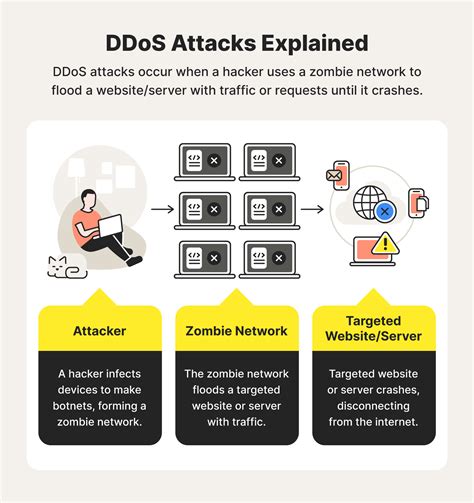In today’s technologically advanced world, where cybersecurity threats loom large over corporations and individuals alike, the story of a cat detecting a DDoS (Distributed Denial of Service) attack adds a delightful twist to the narrative. It’s a tale that binds the unpredictability of animal behavior with the structured digital realms we inhabit. But let’s delve deeper and analyze whether our domestic pets are indeed the unsung heroes of cybersecurity.
The integration of pets into security measures might initially sound like fodder for a cartoon or a light-hearted joke amongst IT professionals. However, it is a concept that has subtly infiltrated some households, possibly marking the onset of an intriguing trend. Interestingly, pets have always been sensitive to their environments, responding to changes that human senses might overlook. For example, many pet owners recount tales where their pets have responded to natural disasters like earthquakes before any human could sense them. Could this acute sensitivity be harnessed to detect more than natural anomalies, perhaps even cybersecurity threats?
While the idea of a cat or dog being an active participant in digital security seems far-fetched, it doesn’t negate their potential role as an inadvertent early warning system. Given that some animals can pick up on subtle changes in behavior or environment, it’s not entirely out of the realm of possibility for pets to sense the unusual operational rhythms of household electronics affected by incoming cyber threats. Pets, especially cats, have a tendency to be attracted to warm devices, which could inherently make them lie close to heat-emitting modems or servers under strain from an attack.
Turning this peculiar observation into a potential security strategy does have its allure. Imagine a system where pets are conditioned to react in specific ways to certain stimuli associated with cybersecurity threats. This could range from simple behavioral changes to more complex training regimes where, for example, a dog is trained to bark in a certain way when it detects unusual electronic activity. This could be further reinforced by using toys that respond to fluctuations in Wi-Fi signals or unusual network activity.
However, leveraging animal behavior for cybersecurity raises ethical and practical considerations. The primary concern is the welfare of the pets. It’s crucial that any involvement of animals in such capacities ensures their well-being and does not exploit or put them in distressing situations. Moreover, the reliance on animals for something as critical as detecting a DDoS attack could lead to inconsistencies. Animals, no matter how well-trained, can exhibit unpredictable behavior and may not provide the reliable security measure needed for serious digital threats.
The humorous angle of pets participating in cyber defense inevitably invites discussions about the lighter side of technology. It’s a refreshing narrative that, while providing comic relief, subtly underscores the omnipresence of digital threats in our daily lives. From ‘Ethernet’ puns to the portrayal of a ‘DDoS dog’ as a service animal, the intersection of pet-driven anecdotes and technology reflects a humanized approach to the otherwise stark, technical world of cybersecurity.
Conclusively, while the story of a cat alerting to a DDoS attack is endearing and thought-provoking, it underscores a broader point: our interwoven lives with technology are still open to unconventional influences, even from our pets. Whether or not animals can be a reliable part of our cybersecurity measures remains debatable, but their involvement highlights the unpredictable and often humorous interfaces between technology, animals, and human ingenuity. This narrative doesn’t only explore the feasibility of such scenarios but also invites us to think differently about the guardians of our digital domains.


Leave a Reply